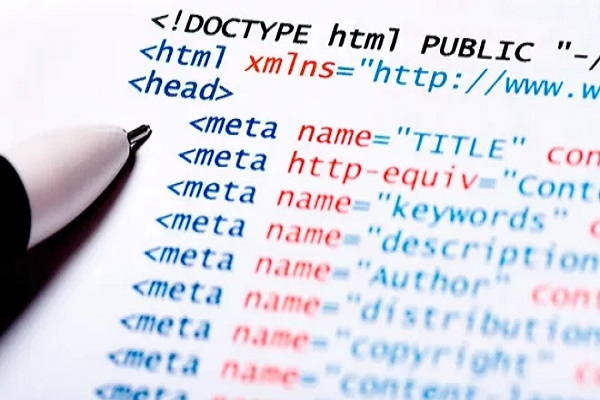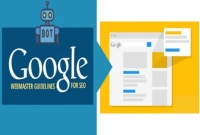
Special Meta Tags that Google understands
- By PRIYA --
- Wednesday, 11 Mar, 2020
Google supports both page-level meta-tags as well as inline directives to control how your web-pages appear in SERPs.
Page-level Meta tags are the best way for webmasters to provide your web-pages information to search engines. Meta tags are used to provide web-pages information to all sorts of clients. And, as per the algorithm processes, search engines only understand the Meta tags and nothing else. Meta tags are placed in the head section such as
“ ”
of your web page. Below is the lookalike sample:
Sample eBooks – good-quality motivational eBooks for children
HTML Meta Tags
Use this tag to provide a short description or summary of the page. A description is used as a part of the snippet to be shown in the search results or SERP.
These Meta tags control the behavior of search engines crawling and then indexing.
The tag allow all the search engines crawler, while the tag is specific for Google’s crawler.
If in case of conflicts in robots (or Googlebot) Meta tags, the more restrictive tag will be applied. For example, if a webpage has both the tags, such as max-snippet:60 and nosnippet tags, the nosnippet tag will automatically applied.
Then, by default values are “index, follow” and don’t need to be specified on a webpage. Google understands the following values when required to specify multiple values, separated by a comma:
Index – This allows the page to be indexed.
Follow – Just follow all the links available on a webpage as part of the crawling process.
Noindex – This prevents the webpage from being indexed by crawlers.
Nofollow – This doesn’t allow the crawlers to follow links available on the webpage as part of crawling.
Nosnippet – Don’t show a text snippet or video preview from being shown in the search results. For video, a static image will be shown instead, if possible. Example:
max-snippet:[number] – Limit the text snippet length for this page to [number] characters; specify 0 for no snippet or -1 to allow any snippet length.
max-image-preview:[size] – Limit the size of any image associated with this page. [Size] can be “none”, “standard”, or “large”.
max-video-preview:[number] – Limit any video preview associated with this page to [number] seconds; specify 0 to allow only a still image or -1 to allow any preview length
noarchive – Don’t show a Cached link for a page in search results.
unavailable_after:[date] – Lets you know the exact time and date you want to stop crawling and indexing of this page.
noimageindex – Don’t show the page as the referring page for an image in Google Image search results. This has the effect of preventing all images on this page from being indexed; if the image appears in another page, it might be crawled and indexed according to the permissions on that page. Note that this is not yet an internet standard; the standard way to block images is to use a robots.txt rule.
None – Equivalent to noindex, nofollow.
All – [Default] Equivalent to “index, follow”.
You can also specify this information in the header of your pages using the “X-Robots-Tag” HTTP header directive. This is particularly useful if you wish to limit the indexing of non-HTML files like graphics or other kinds of documents.
When users search for your site, Google Search results sometimes display a search box specific to your site, along with other direct links to your site. This tag tells Google not to show the sitelinks search box. Learn more about sitelinks search box.
When Google recognizes that the contents of a page are not in the language that the user likes to read, Google often provides a link to a translation in the search results. In general, this gives an opportunity to provide your unique and compelling content to a much larger group of users. However, there may be situations where this is not desired. This Meta tag informs Google that you don’t want him to provide a translation for this page.
You can use this tag on the topmost page of your site to verify ownership for Search Console. Please note that while the values of the “name” and “content” attributes must match exactly, it doesn’t matter if you change the tag from XHTML to HTML or if the format of the tag matches the format of your page.
This defines the page’s content type and character set. Ensure that you surround the value of the content attribute with quotes – otherwise the charset attribute may be interpreted incorrectly. We recommend using Unicode/UTF-8 where possible.
This tag moves the user to a new URL after a certain amount of time and is sometimes used as a simple form of redirection. However, it is not supported by all browsers and can be confusing to the user. The W3C recommends that this tag should not be used. We recommend using a server-side 301 redirect instead.
This tag tells the browser how to render a page on a mobile device. The presence of this tag indicates to Google that the page is mobile-friendly.
Label a page as containing adult content, to signal that it should be filtered by Safe Search results.






